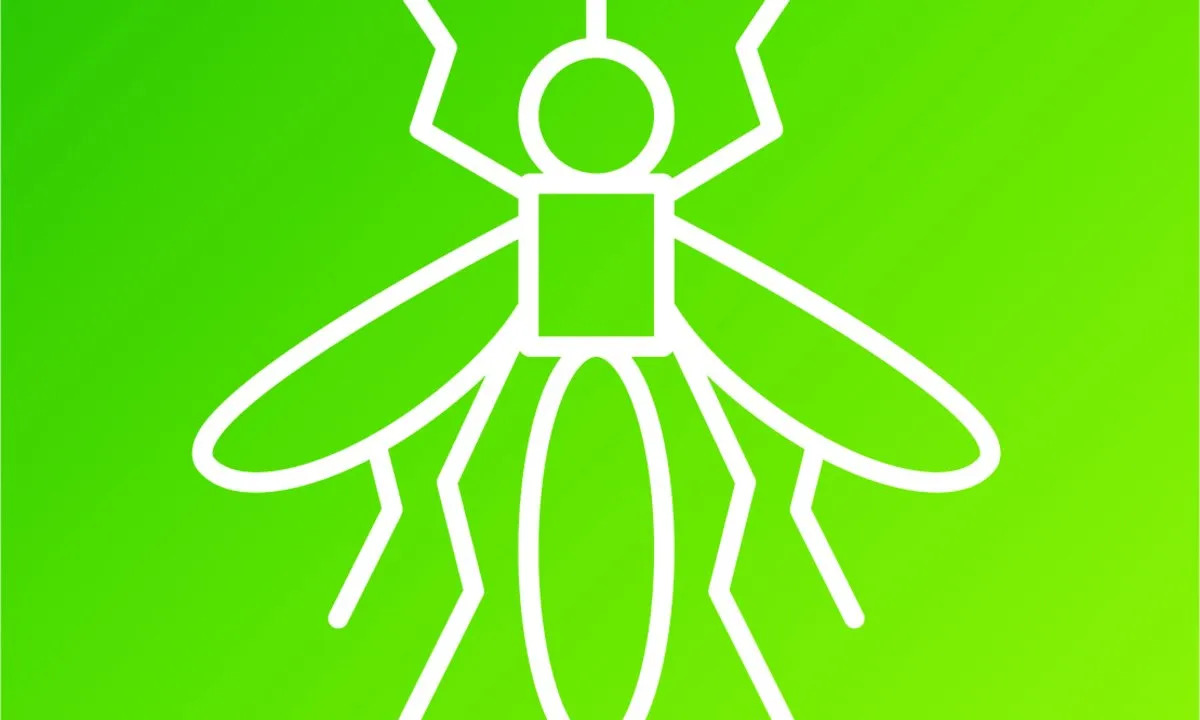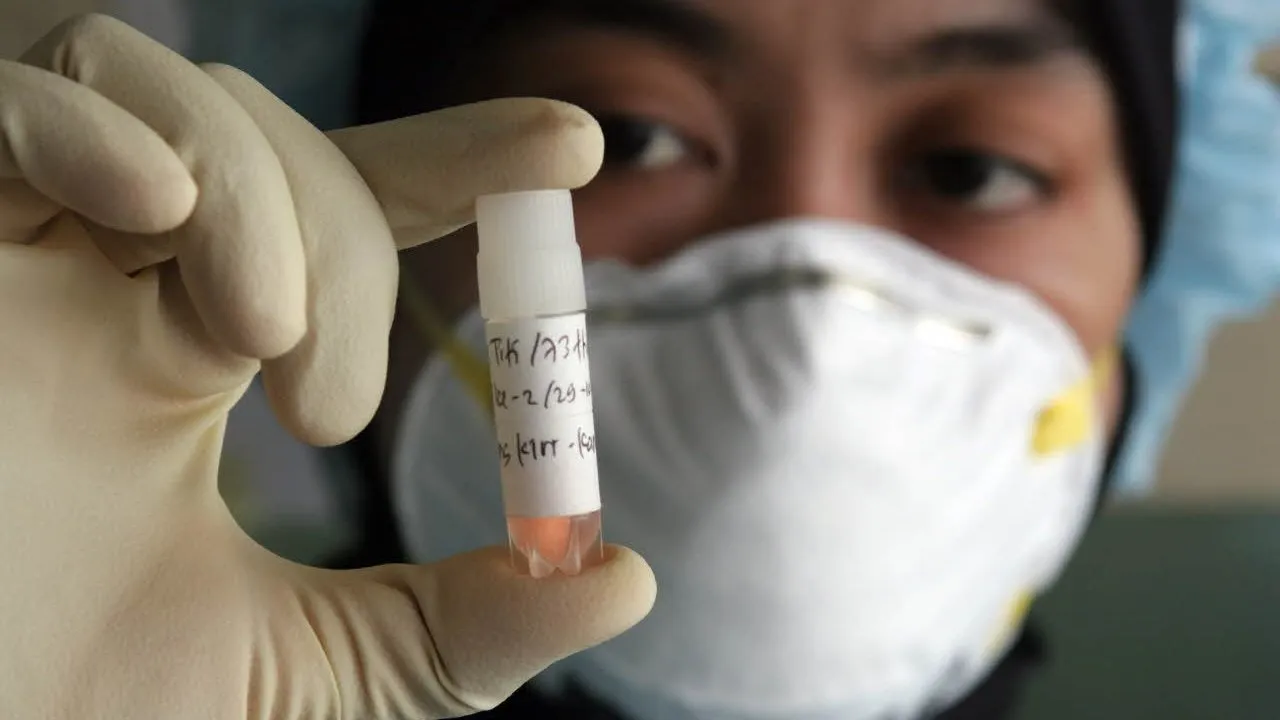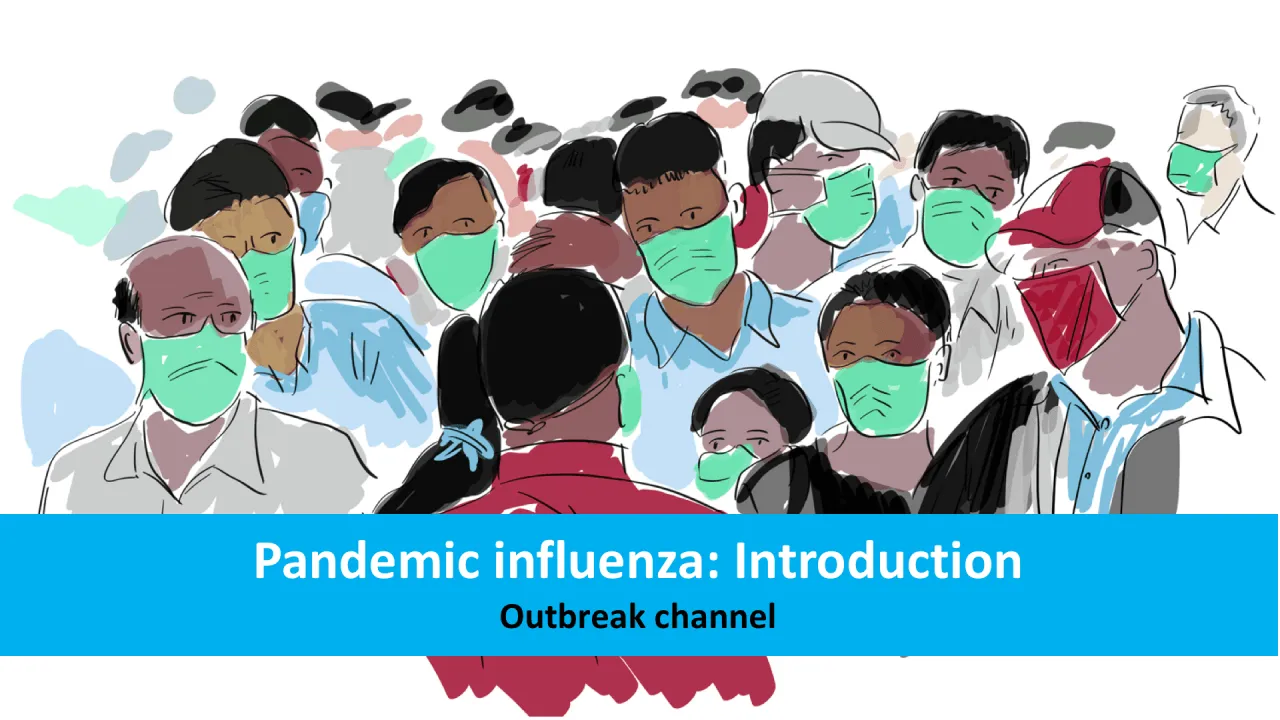
Interventions and Calibration 
This course covers the modelling of interventions and calibration of the SIR model to epidemic data. It explores the effects of vaccination and treatment, as well as 'leaky' vaccines, and teaches two approaches to computer-based model calibration. Participants will gain an understanding of how model parameters can be adjusted to capture real-world data. ▼
ADVERTISEMENT
Course Feature
![]() Cost:
Cost:
Free
![]() Provider:
Provider:
Coursera
![]() Certificate:
Certificate:
Paid Certification
![]() Language:
Language:
English
![]() Start Date:
Start Date:
17th Jul, 2023
Course Overview
❗The content presented here is sourced directly from Coursera platform. For comprehensive course details, including enrollment information, simply click on the 'Go to class' link on our website.
Updated in [March 06th, 2023]
This course, Interventions and Calibration, will provide students with an understanding of approaches for modelling treatment of infectious disease, as well as for modelling vaccination. Students will build on the SIR model, which they have developed in the first course, and learn how to incorporate additional compartments to represent the effects of interventions, such the effect of vaccination in reducing susceptibility. They will learn about ‘leaky’ vaccines and how to model them, as well as different types of vaccine and treatment effects.
In order to understand the basic relationships between models and data, students will manually calibrate the basic SIR model to epidemic data. This will help them gain an understanding of how model parameters can be adjusted in order to capture real-world data.
Finally, students will learn about two simple approaches to computer-based model calibration - the least-squares approach and the maximum-likelihood approach. They will perform model calibrations under each of these approaches in R.
By the end of this course, students will have a comprehensive understanding of approaches for modelling treatment of infectious disease, as well as for modelling vaccination. They will have a good understanding of how to incorporate additional compartments to represent the effects of interventions, and how to manually and computer-based model calibrate the basic SIR model to epidemic data.
[Applications]
The application of this course could include using the SIR model to model the spread of infectious diseases, incorporating additional compartments to represent the effects of interventions, such as the effect of vaccination in reducing susceptibility. Additionally, the course provides an understanding of how model parameters can be adjusted in order to capture real-world data, as well as two simple approaches to computer-based model calibration - the least-squares approach and the maximum-likelihood approach. These approaches can be used to calibrate the SIR model to epidemic data.
[Career Paths]
1. Epidemiologist: Epidemiologists are public health professionals who investigate patterns and causes of disease and injury in humans. They seek to reduce the risk and occurrence of negative health outcomes through research, community education, and health policy. Epidemiologists use the knowledge gained from their research to develop programs and strategies to prevent and control the spread of disease. Developing trends in this field include the use of data science and machine learning to better understand the spread of disease and develop more effective interventions.
2. Biostatistician: Biostatisticians use statistical methods to analyze and interpret biological data. They work in a variety of fields, including public health, epidemiology, and clinical research. They use their skills to design experiments, analyze data, and interpret results. Developing trends in this field include the use of big data and artificial intelligence to better understand the relationships between biological data and health outcomes.
3. Infectious Disease Modeler: Infectious disease modelers use mathematical and statistical models to study the spread of infectious diseases. They use their models to predict the spread of disease, identify risk factors, and develop interventions. Developing trends in this field include the use of machine learning and artificial intelligence to better understand the spread of disease and develop more effective interventions.
4. Vaccinologist: Vaccinologists are scientists who study the development, production, and effectiveness of vaccines. They use their knowledge to develop new vaccines and improve existing ones. Developing trends in this field include the use of data science and machine learning to better understand the effectiveness of vaccines and develop more effective interventions.
[Education Paths]
Degree Paths:
1. Bachelor of Science in Epidemiology: This degree program provides students with the knowledge and skills to understand the spread of infectious diseases, the impact of interventions, and the development of public health policies. Students will learn about the principles of epidemiology, biostatistics, and public health, as well as the ethical and legal issues related to public health. This degree program is becoming increasingly important as the world faces new and emerging infectious diseases.
2. Master of Science in Infectious Disease Modelling: This degree program provides students with the skills to develop and apply mathematical models to understand the spread of infectious diseases. Students will learn about the principles of epidemiology, biostatistics, and public health, as well as the ethical and legal issues related to public health. They will also learn about the principles of infectious disease modelling, including the SIR model, and how to use computer-based model calibration techniques. This degree program is becoming increasingly important as the world faces new and emerging infectious diseases.
3. Doctor of Philosophy in Public Health: This degree program provides students with the knowledge and skills to understand the spread of infectious diseases, the impact of interventions, and the development of public health policies. Students will learn about the principles of epidemiology, biostatistics, and public health, as well as the ethical and legal issues related to public health. They will also learn about the principles of infectious disease modelling, including the SIR model, and how to use computer-based model calibration techniques. This degree program is becoming increasingly important as the world faces new and emerging infectious diseases.
4. Master of Science in Biostatistics: This degree program provides students with the skills to develop and apply statistical methods to understand the spread of infectious diseases. Students will learn about the principles of biostatistics, including the use of statistical software, and how to use computer-based model calibration techniques. This degree program is becoming increasingly important as the world faces new and emerging infectious diseases.
Pros & Cons

Comprehensive overview of topics

Seamless transition from first course

Practically useful

Good support from instructor

Low level of support

Poorly designed course

Technical errors in quiz

Not enough time for ML estimates
Course Provider

Provider Coursera's Stats at AZClass
Discussion and Reviews
0.0 (Based on 0 reviews)
Explore Similar Online Courses

Canva

Practical Machine Learning with Tensorflow

Python for Informatics: Exploring Information

Social Network Analysis

Introduction to Systematic Review and Meta-Analysis

The Analytics Edge

DCO042 - Python For Informatics

Causal Diagrams: Draw Your Assumptions Before Your Conclusions

Whole genome sequencing of bacterial genomes - tools and applications

Pandemic and epidemic-prone diseases

Pandemic influenza: Introduction

Pandemic Influenza Vaccines: National Deployment and Vaccination Plans
 Related Categories
Related Categories
 Popular Providers
Popular Providers
Quiz
 Submitted Sucessfully
Submitted Sucessfully
1. What is the main purpose of this course?
2. Which of the following is not covered in this course?
3. Which of the following approaches to computer-based model calibration is covered in this course?
4. What is the maximum-likelihood approach?
Correct Answer: It is a computer-based model calibration approach.


Start your review of Interventions and Calibration